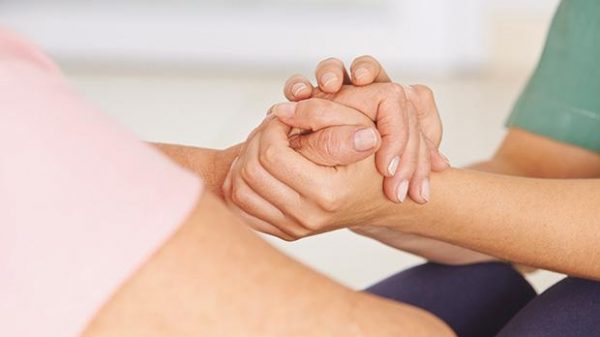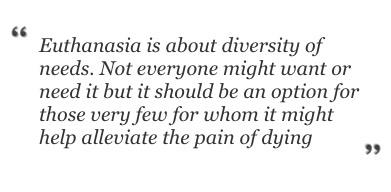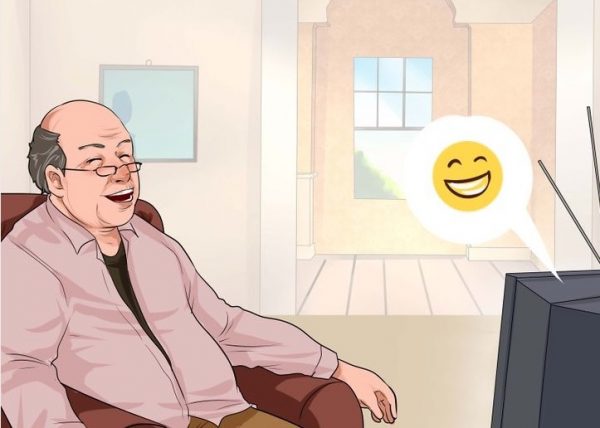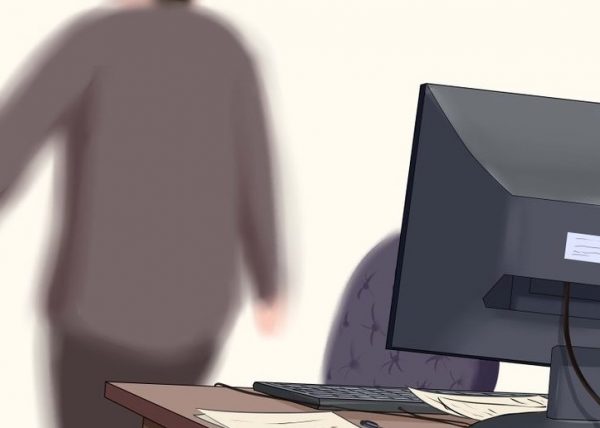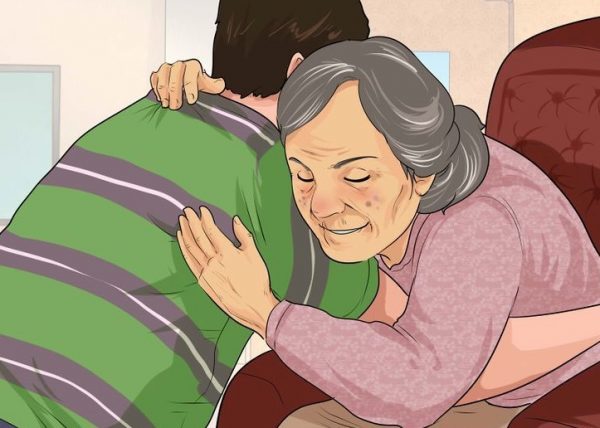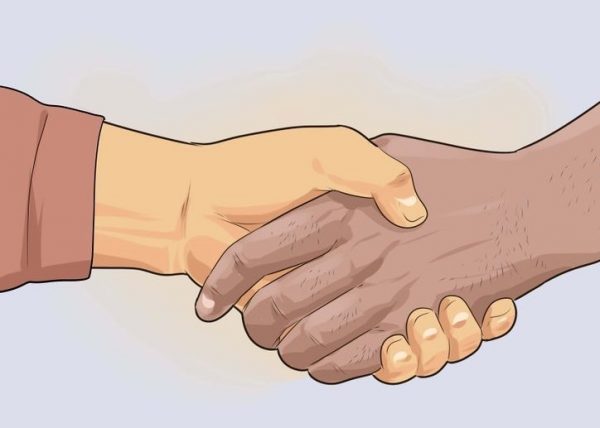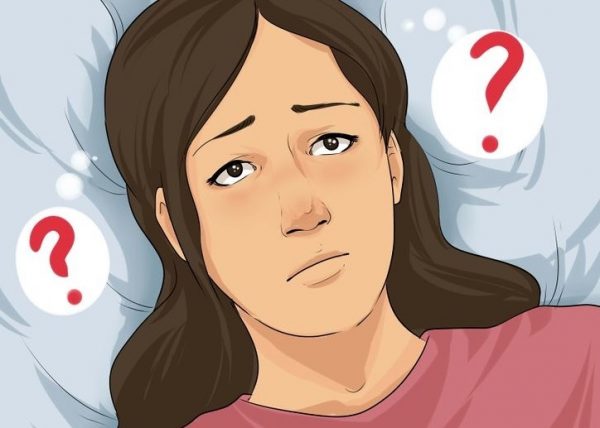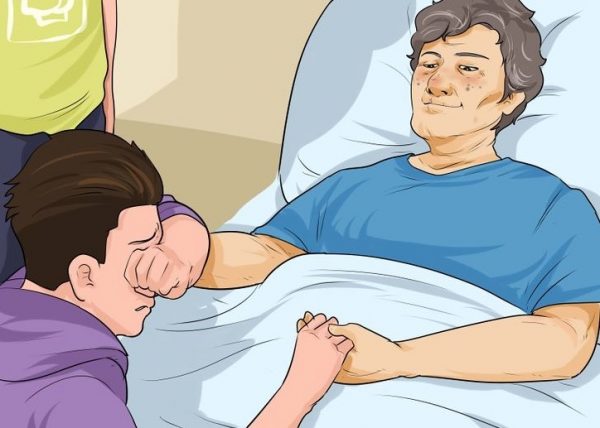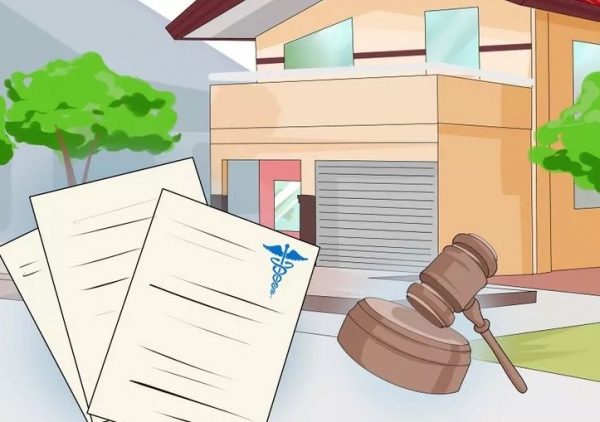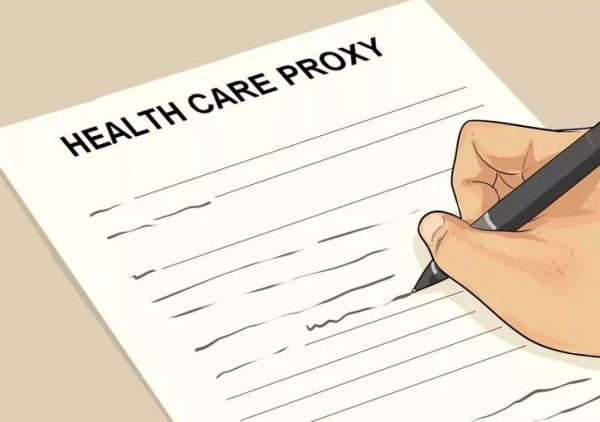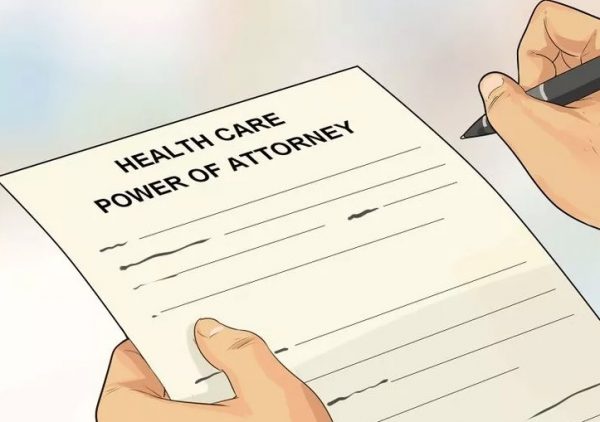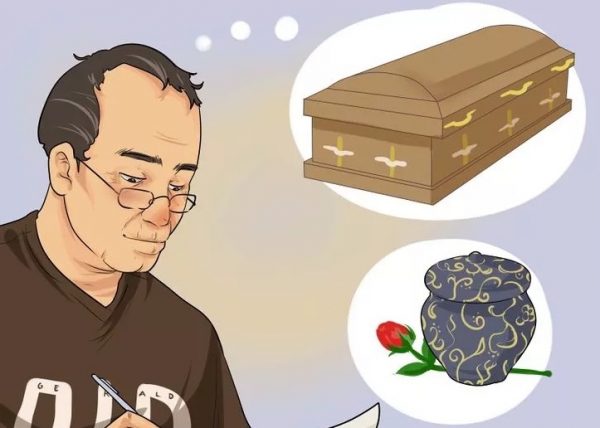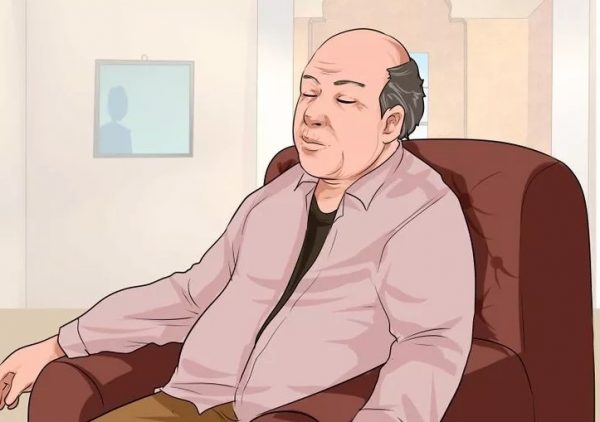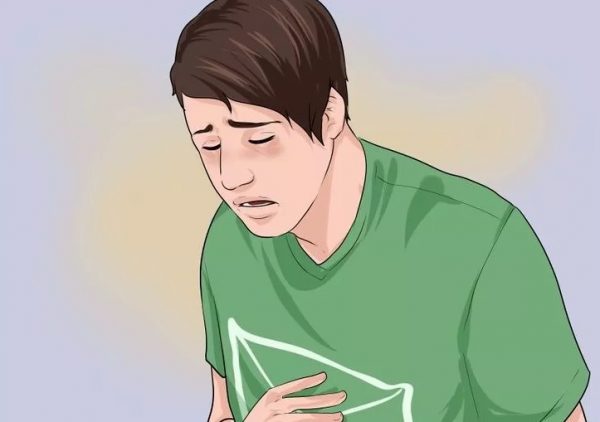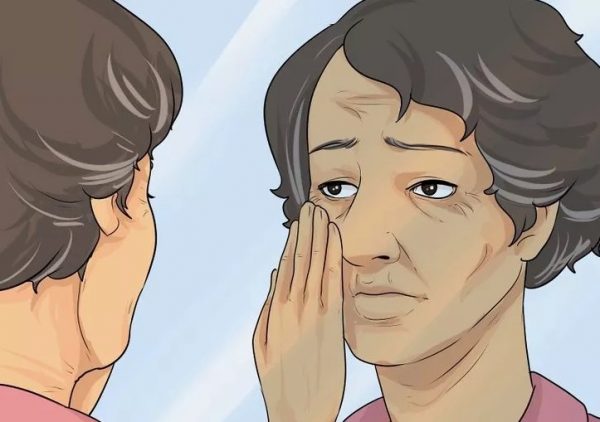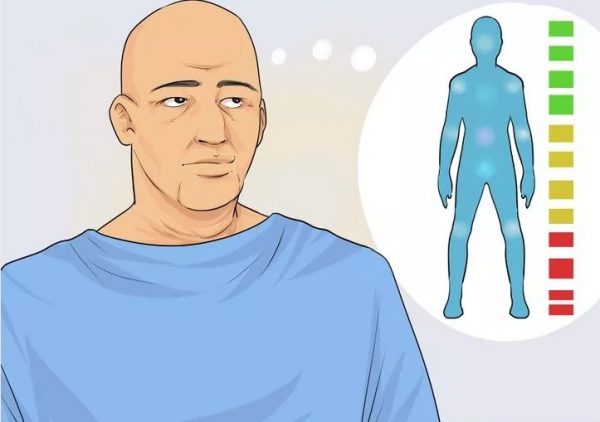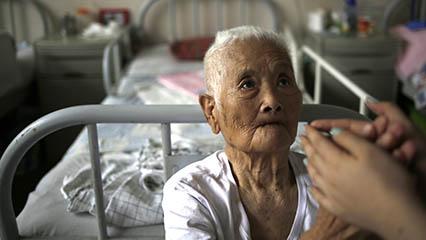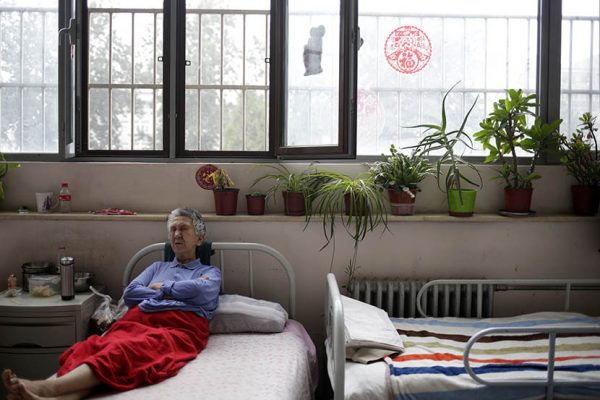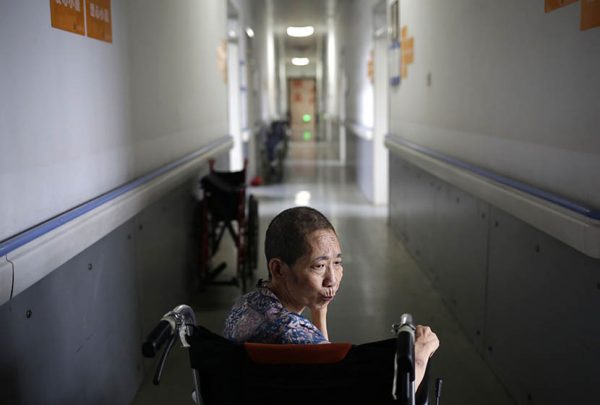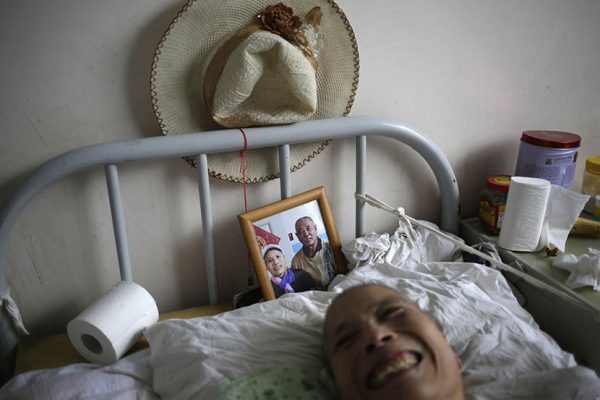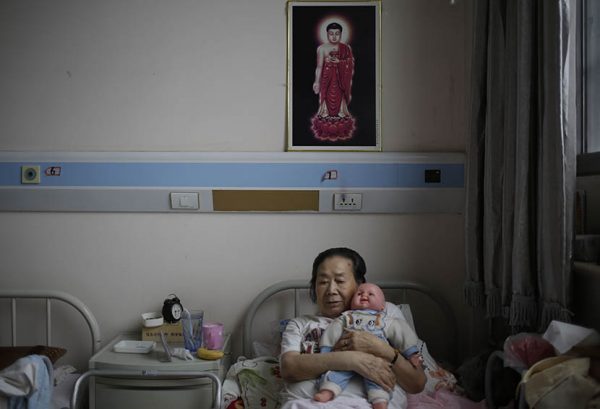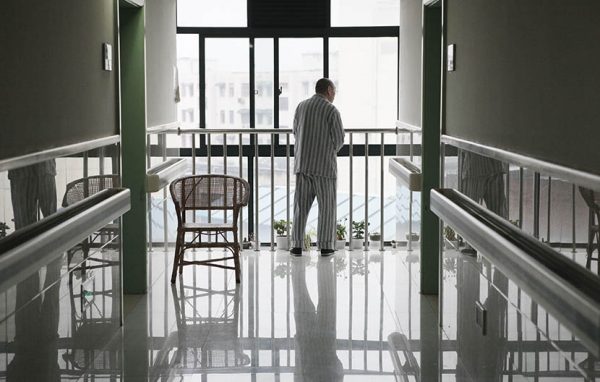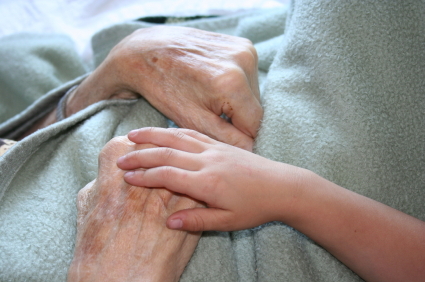By Ellen McCarthy
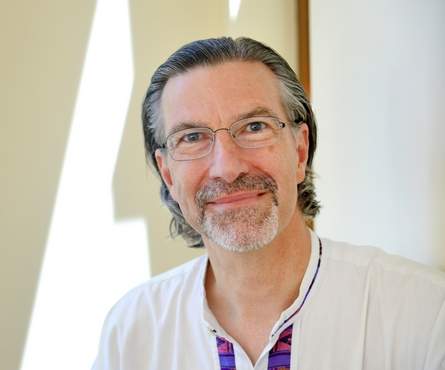
Before he enters the room, Craig Phillips pauses for a deep exhale.
“Just to let everything go,” he says. “And to remember that I’m here for them.”
Until he walks in, he won’t know whom, exactly, he’s about to see. Today it’s an elderly woman in a blue hospital gown. Eyes closed. Jaw dropped open. Breathing loud and labored, but regular.
There is a little green circle by her name on the white board in the nurses’ station. Hospice center code for “actively dying.”
“She doesn’t have anyone with her,” a nurse says. So Phillips goes, pulls a chair up to her bed and introduces himself.
“I’m not here to poke or prod you,” he says softly. “I’m just here to be with you. I’m just here to sit with you.”
The work of a death doula — Phillips’s work, now — is primarily about presence. He is there to ease the passage from this world to the next. And he knows that the most valuable thing he can offer anyone taking that most solitary of journeys is his company. So he sits, silently wishing them peace and comfort.
Especially with patients who can no longer speak, Phillips has learned to slip his hand beneath theirs, palm to palm, rather than rest it on top. This way, he says, “you get an understanding of how well wanted you are.” When his grip is returned, he knows that he is welcome.
Phillips operates alone, but he is part of a growing army of volunteers and professionals who call themselves death doulas. (Some, opposed to that term, prefer end-of-life doulas, soul midwives or transition coaches.) And like the childbirth doulas from whom they draw their name, their mandate is to assist and accompany. Their patients’ experience may be quieter, more sorrowful, but it is no less sacred. Or scary.
As the baby boomers move into retirement, fresh consideration is being given to what it means to grow old, which measures to take to treat illness and, ultimately, how we die. There’s a growing recognition among hospice workers and palliative-care givers that pain management is not enough. That the spirit must be attended to as much as the body. And that the soon-to-be-bereaved need help along with the dying.
It’s out of this recognition that death doulas are emerging. Most say they feel almost inexplicably called to the role. And profoundly touched by it.
A good death
On a sunny spring day in Alexandria, Virginia, 30 women and one man sit in a windowless hotel conference room, having traveled from all over the East Coast and paid $600 to learn to serve as death doulas.
“Our role is to walk alongside” the dying “in their journey,” says Henry Fersko-Weiss, president of the International End of Life Doula Association (INELDA), one of several organizations offering certification in the field.
The weekend-long training will cover the best ways to touch a dying person, when to use aromatherapy and guided visualizations, strategies to relieve overburdened family members, how to organize a “legacy project” to help capture the patient’s life, assisting at the moment of death and helping loved ones process their grief in the weeks that follow.
On the first morning, Fersko-Weiss, a social worker who worked with hospice facilities for decades before creating an end-of-life doula program in 2003, asks each of the students to recall a death that affected them. How it smelled and looked and felt. How it shaped their concept of what constitutes a “good death.”
One woman talked about her daughter’s stillborn baby.
“That was the hardest hurt I ever felt,” she said. “I didn’t understand how you could take a baby who was full-term.”
Fersko-Weiss nodded and observed that she may be able to transform her pain into something that could aid dying patients and their families.
“If we can touch that place of angst and anguish and despair,” he said, “it may help us to be more present to other people experiencing it now.”
Later, the prospective doulas talk about their reasons for coming. Several had had negative experiences with the death of a close relative. A few were birth doulas who wanted to assist with the exit from, as well as the entrance into, life. One woman had suffered a brain injury and a near-death experience. All said that they wanted to be of service in a way that would make this final transition somehow better for others.
They will be called upon to fill all kinds of roles, Fersko-Weiss told them. Sometimes patients may need help with physical care; other times, families will need assistance with errands or household chores. In all cases it will be a doula’s job to listen, without judgment, to honor the experience of both the dying person and their loved ones, and to facilitate meaningful interactions between them.
“As a doula, it’s important to encourage people to say everything they need to say,” Fersko-Weiss explains, “so that they don’t look back and really regret it.”
Beautiful souls
Craig Phillips’s path to end-of-life doula work wasn’t straight, but he thinks he was always inching toward it. He grew up in Wilkes-Barre, Pennsylvania, next door to a cemetery that served as his playground. In college, he had a chance meeting with Elizabeth Kubler-Ross, the famed psychiatrist whose groundbreaking work shaped our modern understanding of death. And all through his life, Phillips has had an intense awareness of his own mortality.
At 61, he has the look and presence of a yogi, but he spent most of his adult life in the corporate world. Several years ago, his sister called, saying that her ex-husband was suffering from advanced ALS and living in a facility very close to Phillips’ Baltimore home. So Phillips went to see him. And kept going, two or three times a week, for the last 2 1/2 years of the man’s life.
“I’d bring him flowers,” he recalls. “I’d tell him stories. I’d take oil over and rub his feet, stuff like that. Just devoted myself to him. And it was a beautiful thing.”
A man in Phillips’ running club mentioned volunteering as a death doula, so when he retired last fall, he linked up with Gilchrist Hospice Care, which serves more than 750 patients daily in the Baltimore area and established its own end-of-life doula program in December 2009. It has since grown to more than 150 volunteers.
After 20 hours of training in January, Phillips spent a morning shadowing a mentor doula at Gilchrist’s facility in Towson.
“We walked into a patient’s room, and she said, ‘Isn’t this person beautiful?’ I could see that they were. And she said, ‘Yes, all my patients are beautiful,’ ” he recalls. “You walk into a room and there’s someone there with their mouth open, looking very near death. Perhaps no teeth in their mouth and a three-day beard or whatever. And I look at these souls and they’re beautiful. It’s the oddest thing. Their guard is down. They’re just who they are in their most real, beautiful state.”
Phillips has helped long-term-care patients communicate with a letter board and even washed a dog for one family. On his weekly visits to an elderly man who was still alert, Phillips brought videos of the patient’s favorite big band performances.
But with many patients, Phillips just sits, quietly meditating and sending good wishes. He tells them that they are safe. And that they are not alone. One woman was unable to speak, but when he said goodbye after three hours, “she mouthed the words ‘Thank you’ and held out her hands like I was dear to her,” he says.
The work has also produced an unintended side effect. It has pushed Phillips’ awareness of mortality even further to the forefront of his mind.
And happily so.
“The more immediacy, for me, that I have of this,” he says, “the more appreciation I have for every day, every minute.”
Complete Article HERE!

